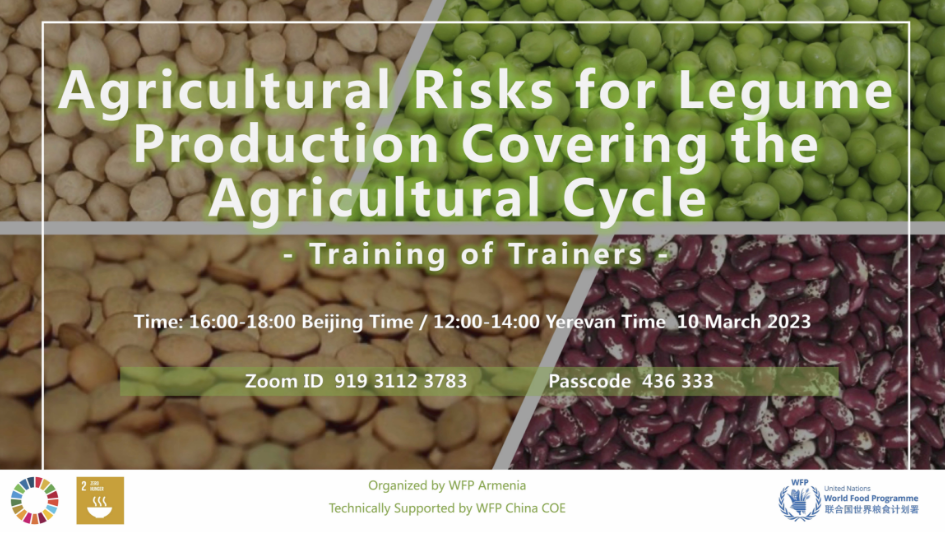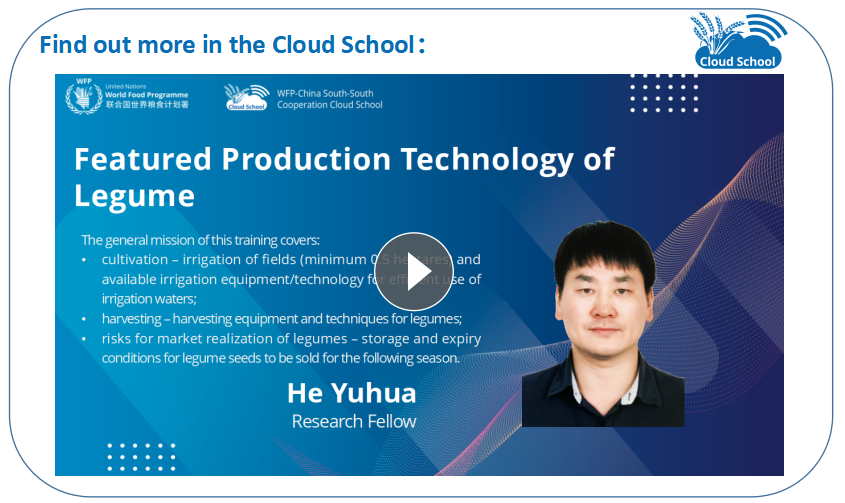
I. Background
In the Republic of Armenia Agriculture accounts for 11.6% of the economy, having declined from 17.1% between 2010 and 2019. Approximately 95% of the gross output of agriculture is provided by smallholder farmers whose productivity is low and expensive. Since 2014, the productivity of smallholder farmers has declined by 11%, while during the same period, larger agricultural corporate businesses have increased their gross output by 60%. The difference between smallholders and large agricultural businesses’ is largely due to different levels of investments in modern agricultural inputs and new technology. WFP Armenia aims to implement projects that support farmers to increase their agricultural output, which is consistent with the governmental strategy to increase national food production and national food security.
The goal of this project is to strengthen community-level capacity for investment in food production for smallholder farmers and enhance food security for those smallholder farmers by increasing their productivity, and profitability. This project offers smallholder farmers in Armenia’s Syunik Province to increase agricultural production through an approach that is economically self-sustaining, climate-sensitive, and community-led.
II. Objectives
The general mission of this training covers:
a. cultivation – irrigation of fields (minimum 0.5 hectares) and available irrigation equipment/technology for efficient use of irrigation waters; preparation of land and protection from pests and diseases; cultivation circulation techniques (between cereals and legumes); response to climate change and consequences on legumes cultivation; sowing and cultivation equipment and machinery; protection from extreme weather changes (climate change) – drought, extreme cold weather, extended periods of foggy weather – and their impact on legumes cultivation practices. International best practice for legumes cultivation;
b. harvesting – harvesting equipment and techniques for legumes; harvesting time; legumes transportation and storage conditions; protection from pests and diseases during the post-harvest period. International best practices for legumes cultivation.
c. risks for market realization of legumes – storage and expiry conditions for legume seeds to be sold for the following season(s); common market risks for legumes; retail legumes packaging and storage risks. International best practice for legumes market realization.
The expected results are as follows:
By the end of this training, you should be able to:
• specify the cultivation of legumes.
• know the post-harvest processes for legumes.
• handle the risks for the market realization of legumes.
III. Training Module
Training topic: Risk-sensitive agriculture for Legumes
Trainers: Dr. Prof. WU Jing, Professor, CAAS and his team


